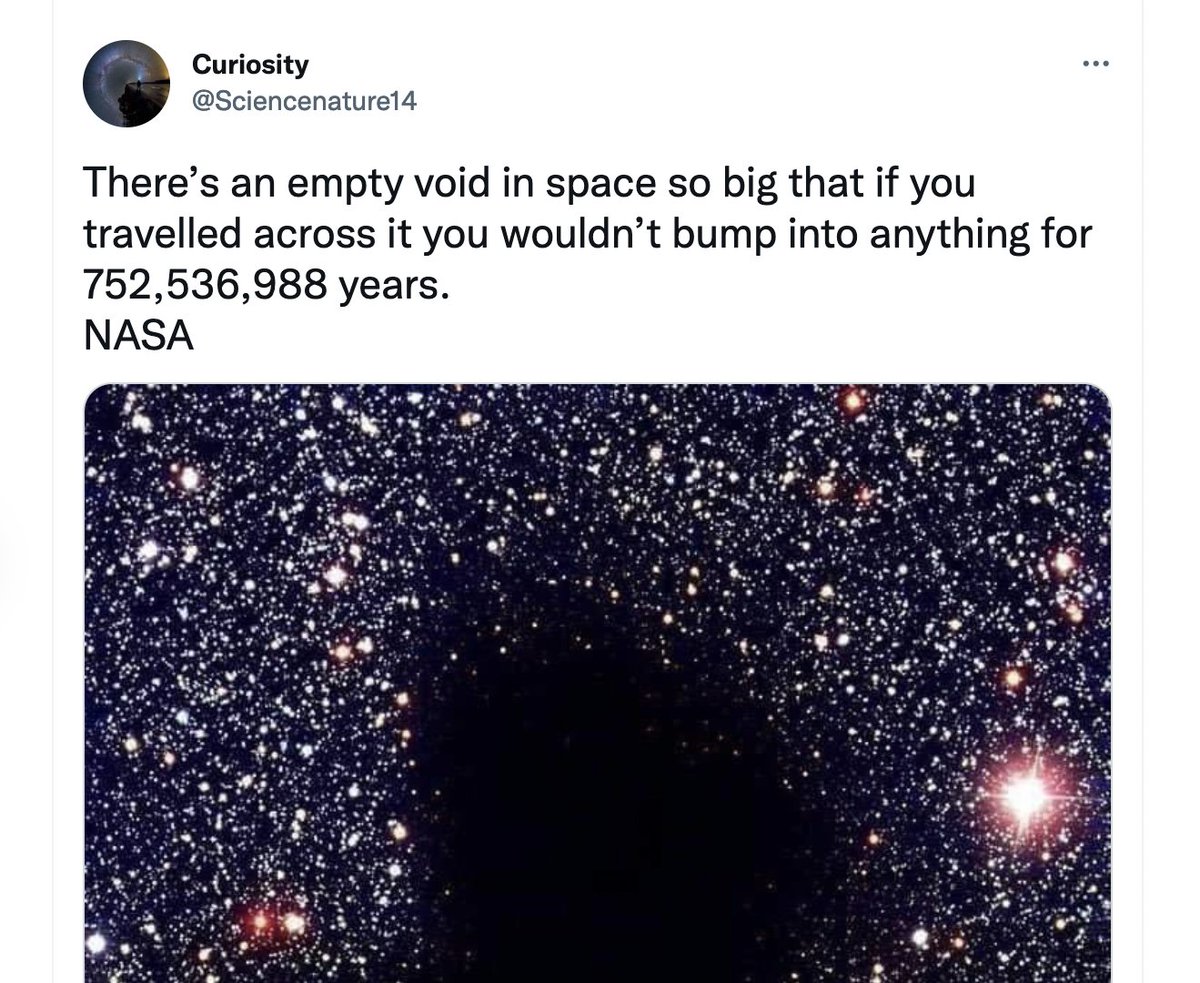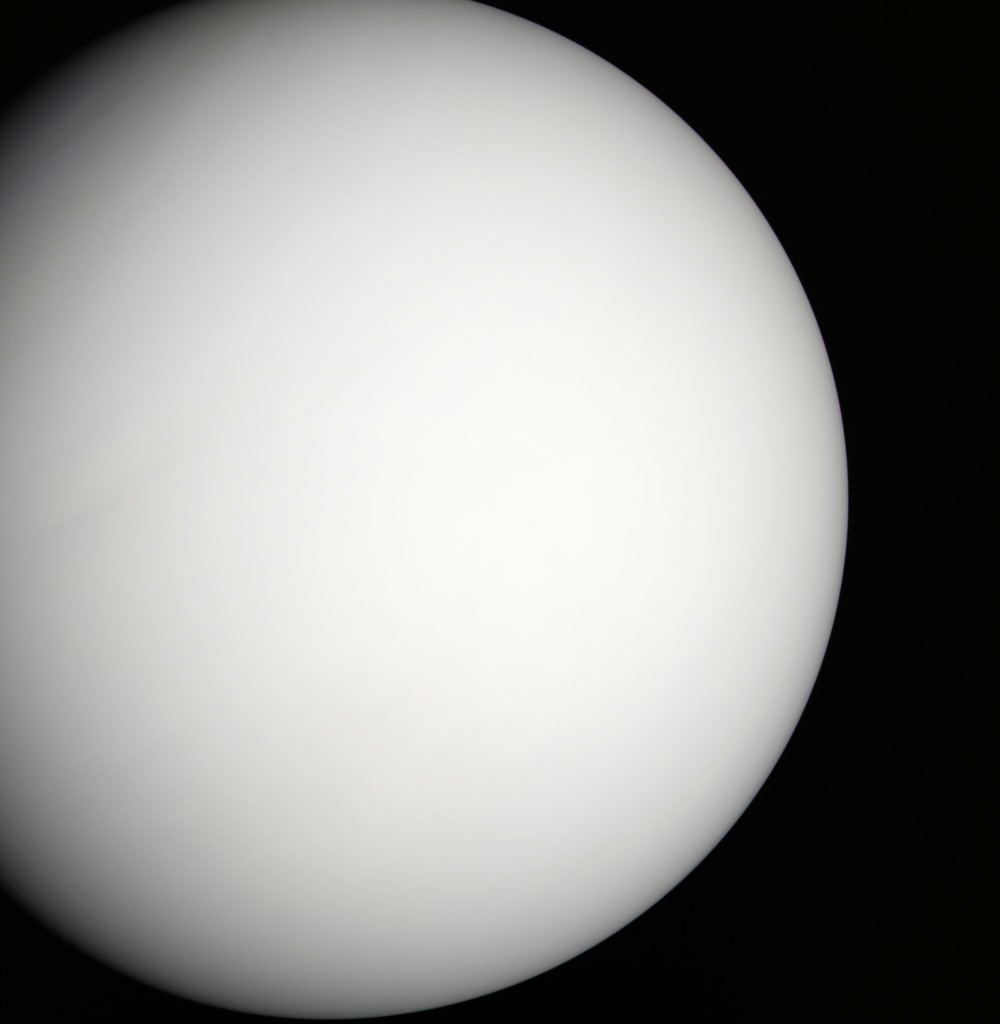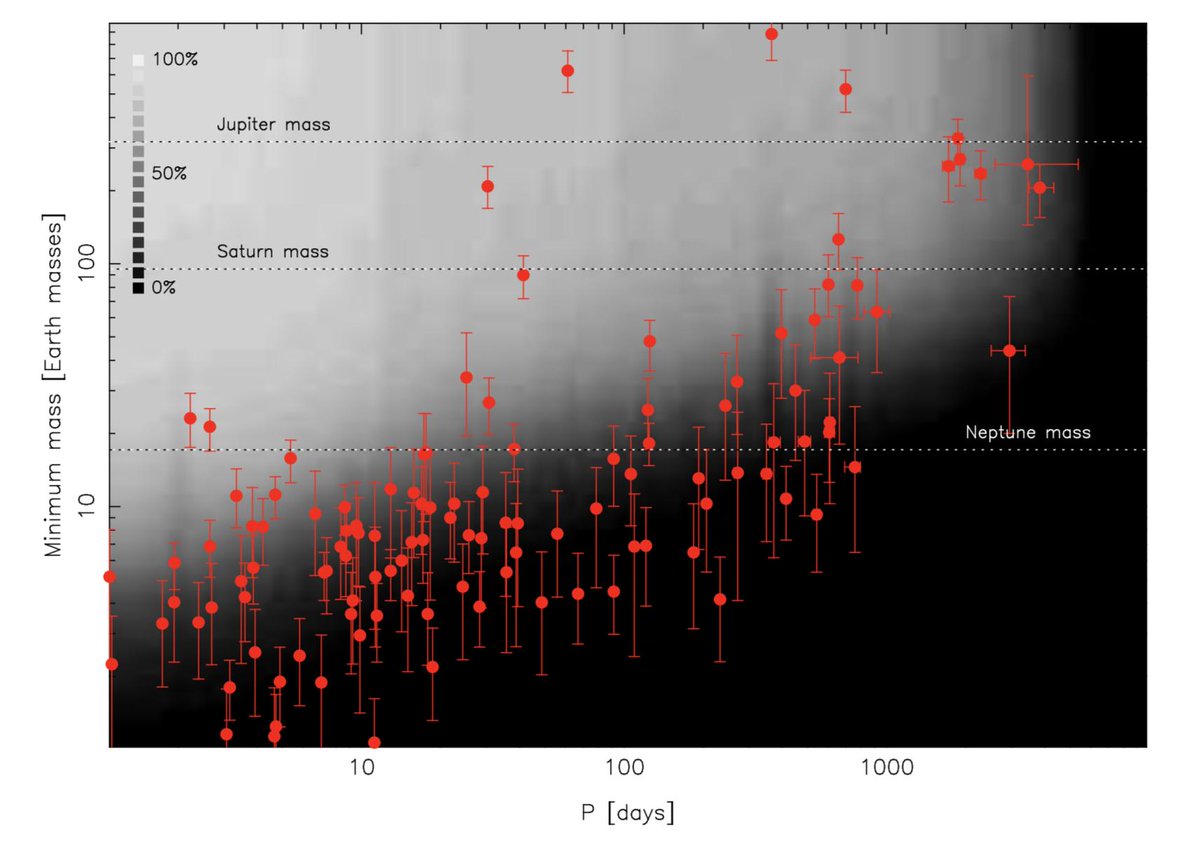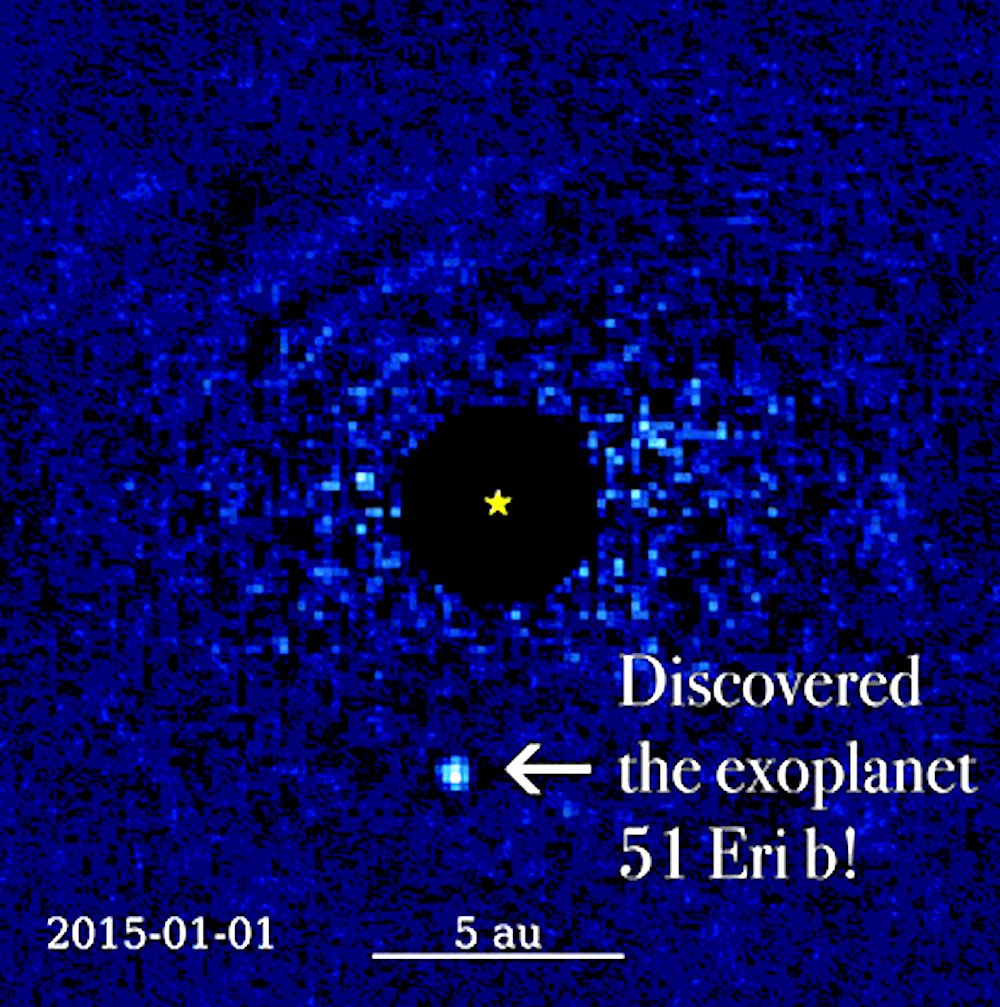
You're about to hear a lot about #NuclearFusion. I've followed the field for years & can offer context. Top line:
- NIF's "breakeven" does not generate more power than it consumes
- NIF is not a model for a commercial fusion reactor
- This news is a big deal all the same. 1/n
- NIF's "breakeven" does not generate more power than it consumes
- NIF is not a model for a commercial fusion reactor
- This news is a big deal all the same. 1/n

Fusion researchers measure fusion output in "Q," the ratio of power produced to power needed to maintain the fusion plasma. NIF has exceeded Q=1.
Breakeven, right? Er, the accounting is not so simple, as Charles Seife explains. 2/n theatlantic.com/technology/arc… #fusion #NIF
Breakeven, right? Er, the accounting is not so simple, as Charles Seife explains. 2/n theatlantic.com/technology/arc… #fusion #NIF

The power that goes into igniting a fusion pellet is much less than the total amount that NIF consumes. "Breakeven" comes nowhere close to covering all of that consumption! A useful fusion power plant would require anything from Q=5 to Q=100. 3/n
en.wikipedia.org/wiki/Fusion_en… #fusion
en.wikipedia.org/wiki/Fusion_en… #fusion

Also: The National Ignition Facility (NIF) was not designed as prototype for a powerplant. It's a weapons test facility. It cannot quickly produce one fusion blast after another, which is what you'd need for a steady energy supply. 4/n lasers.llnl.gov/about/what-is-… #fusion #NIF 

OK, so why is the NIF news a big deal?
Everyone knew breakeven fusion was possible, in principle. The challenge was working hard enough (and investing enough) to make it happen. Well, that moment is NOW. 5/n #breakeven #fusion nature.com/articles/d4158…
Everyone knew breakeven fusion was possible, in principle. The challenge was working hard enough (and investing enough) to make it happen. Well, that moment is NOW. 5/n #breakeven #fusion nature.com/articles/d4158…
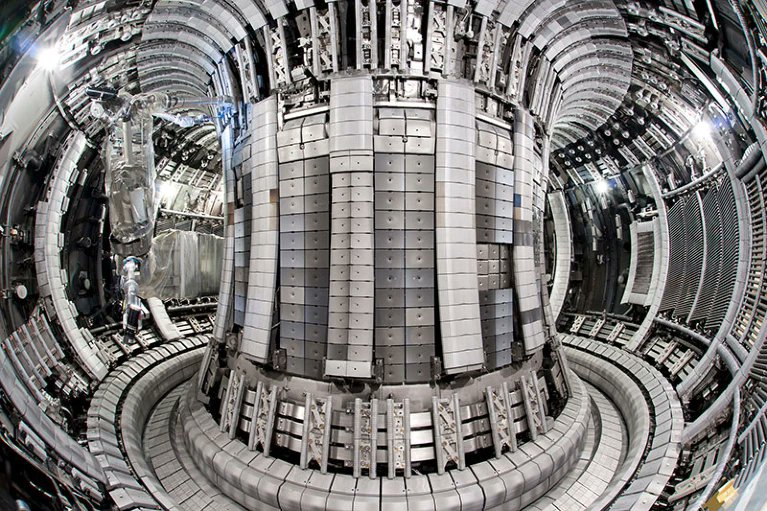
In 1976, the US govt looked at how long it would take to achieve practical fusion energy, given various funding scenarios. The path we've been on since then is the one labeled "fusion never."
Fusion seemed like a cool idea, but not an urgent one. 6/n #fusion #future
Fusion seemed like a cool idea, but not an urgent one. 6/n #fusion #future

Achieving breakeven is an inspiration to look at what it would take to make #fusion energy practical. Can it be scaled up quickly? Can it be cost-competitive?
There are many private companies working on the problem. I talked to a bunch of them: 7/n medium.com/the-moonshot-c…
There are many private companies working on the problem. I talked to a bunch of them: 7/n medium.com/the-moonshot-c…

A fusion breakthrough at NIF is likely to boost support for big government projects like ITER & drive investment into the more experimental, higher-risk private efforts. That's a formula for more rapid advances. 8/n nautil.us/the-road-less-… #Fusion #Iter #NIF 

Fusion would be competing with wind & solar power. But it could be an important source of base load electricity, high-density power for industry, etc. There's a need for something like fusion in the low-carbon world -- I hope it happens. 9/9 royalsocietypublishing.org/doi/10.1098/rs… #fusion #NIF 

• • •
Missing some Tweet in this thread? You can try to
force a refresh


